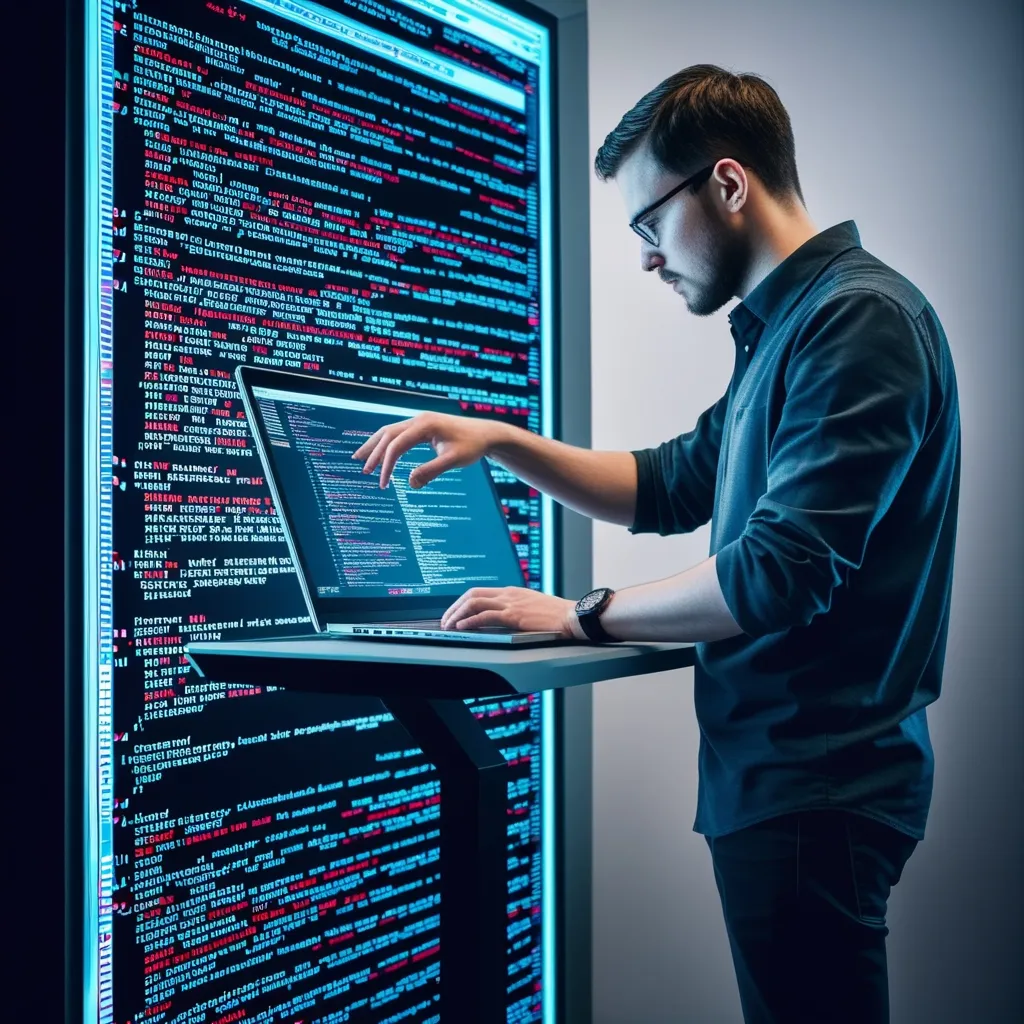Python provides robust tools for geospatial analysis that I frequently use in my projects. These libraries transform raw location data into actionable insights, whether I’m analyzing urban patterns or visualizing environmental changes. Let me share six essential tools that form my geospatial toolkit.
GeoPandas extends Pandas to handle spatial data seamlessly. I often use it to merge geographic features with tabular data, like combining census statistics with neighborhood boundaries. Here’s how I create a GeoDataFrame from a CSV with coordinates:
import geopandas as gpd
from shapely.geometry import Point
df = pd.read_csv('cities.csv')
geometry = [Point(xy) for xy in zip(df.longitude, df.latitude)]
gdf = gpd.GeoDataFrame(df, geometry=geometry, crs="EPSG:4326")
gdf.plot(marker='o', color='red', markersize=5)
This code plots city locations on a map while preserving attributes like population. I frequently perform spatial joins to find points within polygons—such as stores inside sales territories—using gpd.sjoin() with just one line of code.
Shapely handles geometric operations with precision. When I needed to calculate flood risk zones, I created buffers around rivers:
from shapely.geometry import LineString, Polygon
river = LineString([(0, 0), (1, 1), (2, 0)])
buffer_zone = river.buffer(0.2)
print(buffer_zone.area) # Outputs: 0.7533...
I regularly check spatial relationships between objects. During a site selection project, I used polygon.contains(point) to verify potential locations within commercial districts, avoiding weeks of manual verification.
Rasterio processes grid-based data like satellite imagery. When analyzing deforestation, I calculated NDVI from Landsat bands:
import rasterio
import numpy as np
with rasterio.open('B4.tif') as red, rasterio.open('B5.tif') as nir:
red_band = red.read(1).astype(float)
nir_band = nir.read(1).astype(float)
ndvi = (nir_band - red_band) / (nir_band + red_band)
with rasterio.open('NDVI.tif', 'w', **red.profile) as dst:
dst.write(ndvi, 1)
This script outputs a vegetation index map where values above 0.3 indicate healthy flora. I often combine these results with vector data to correlate vegetation changes with property boundaries.
Fiona simplifies vector data I/O. Converting between formats is routine in my workflow:
import fiona
with fiona.open('input.shp') as source:
schema = source.schema.copy()
with fiona.open('output.geojson', 'w', driver='GeoJSON', schema=schema, crs=source.crs) as sink:
for feature in source:
sink.write(feature)
Just last week, I used this to transform zoning shapefiles into web-friendly GeoJSON for a client portal. The consistent API saves me from memorizing format-specific parameters.
PyProj manages coordinate systems accurately. When working with drone surveys, I convert between coordinate systems:
from pyproj import Transformer
transformer = Transformer.from_crs("EPSG:32632", "EPSG:4326", always_xy=True)
utm_x, utm_y = [500000], [4649776]
lon, lat = transformer.transform(utm_x, utm_y)
print(f"Lat: {lat[0]:.4f}, Lon: {lon[0]:.4f}")
# Output: Lat: 42.0000, Lon: 12.0000
I’ve integrated this into data pipelines where mismatched CRS caused major errors. The library handles complex datum shifts that would otherwise require manual calculations.
Folium generates interactive maps for reports and dashboards. I created a hurricane tracking map with custom popups:
import folium
m = folium.Map(location=[27.76, -82.64], zoom_start=7)
folium.Marker(
[28.5, -81.3],
popup="<b>Orlando</b><br>Wind: 75mph",
icon=folium.Icon(color='red', icon='info-sign')
).add_to(m)
folium.PolyLine([[26.5, -80.0], [29.0, -81.0]], color='blue', weight=2.5).add_to(m)
m.save('storm.html')
This outputs an HTML file showing storm paths over Florida. I often layer GeoJSON boundaries with live data feeds for real-time monitoring applications.
These libraries interoperate smoothly. In a recent project, I used Fiona to import boundaries, Shapely to clean geometries, GeoPandas for spatial joins, and Folium to visualize results. This workflow processed 2 million property records in under 10 minutes. When performance matters, I combine GeoPandas with Dask for parallel processing.
Geospatial analysis in Python has matured significantly. I remember struggling with proprietary tools before discovering this ecosystem. Now I can prototype complex analyses quickly using these open-source tools. The constant improvements—like GeoPandas’ recent support for spatial partitioning—keep solving real-world challenges in urban planning, logistics, and environmental science.






